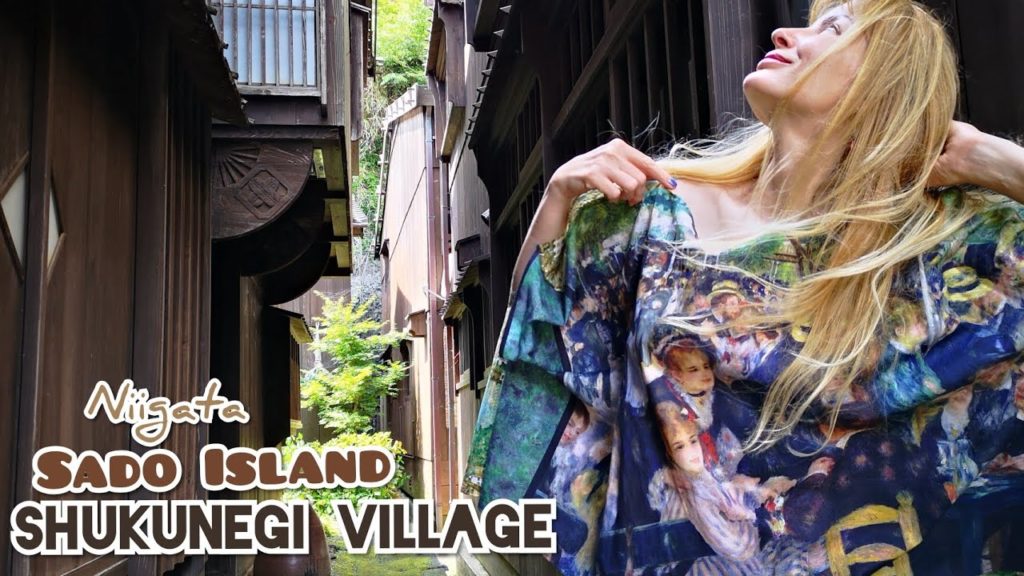In Shukunegi, as houses are packed close together in a narrow valley, most of the buildings are full two-story houses. The outer walls of the houses are made of vertically grained timber called tsutsumi-ita (literally: wrapping plank), so that it can protect against sea breezes blowing off the Sea of Japan. In contrast with the simple appearance of the outside, the interiors have elaborate designs with much lacquer coating.In the Edo Period, the number of houses increased substantially, due to a rise in population, and they were forced to be built closer and closer. As a result, unique house plans started to appear, and so there is a mix of houses made by a variety of plans. Later on, in the last year of the Meiji Period, freight ships in Shukunegi gradually started to disappear, as steam ships and rails emerged, and telecommunication developed. Many people left the sea, dug horizontal wells and started to cultivate fields on the hill. Shipbuilders departed from Shukunegi, seeking other job opportunities..
About the funny Man & Woman figures on the board: Chitochinton is a performing art dedicated to gods at the festival of the tutelary deity in Shukunegi (held on the second Saturday and Sunday in October). In the past, the freight ship of Shukunegi had to pass through a hazardous route near Tsunoshima Island, in Yamaguchi Prefecture. As a custom at the time of the first voyage, a young, first-time sailor dedicated a dance, to pray for safety, to Funadama Myojin (goddess of ships). Chitochinton reputedly originates from this dance. The performance consists of a dance by red and blue demons, an address to the goddess, and a dramatic interaction between a male role called Chitochin and a female role called Ton. There is also music played by bamboo flute, taiko drum, and hyoshigi (a clapping instrument made of wood). Present-day Chitochinton is based on the ancient narrative mask dance with distinctive sexual elements added, to casually liven up the festival.


AloJapan.com